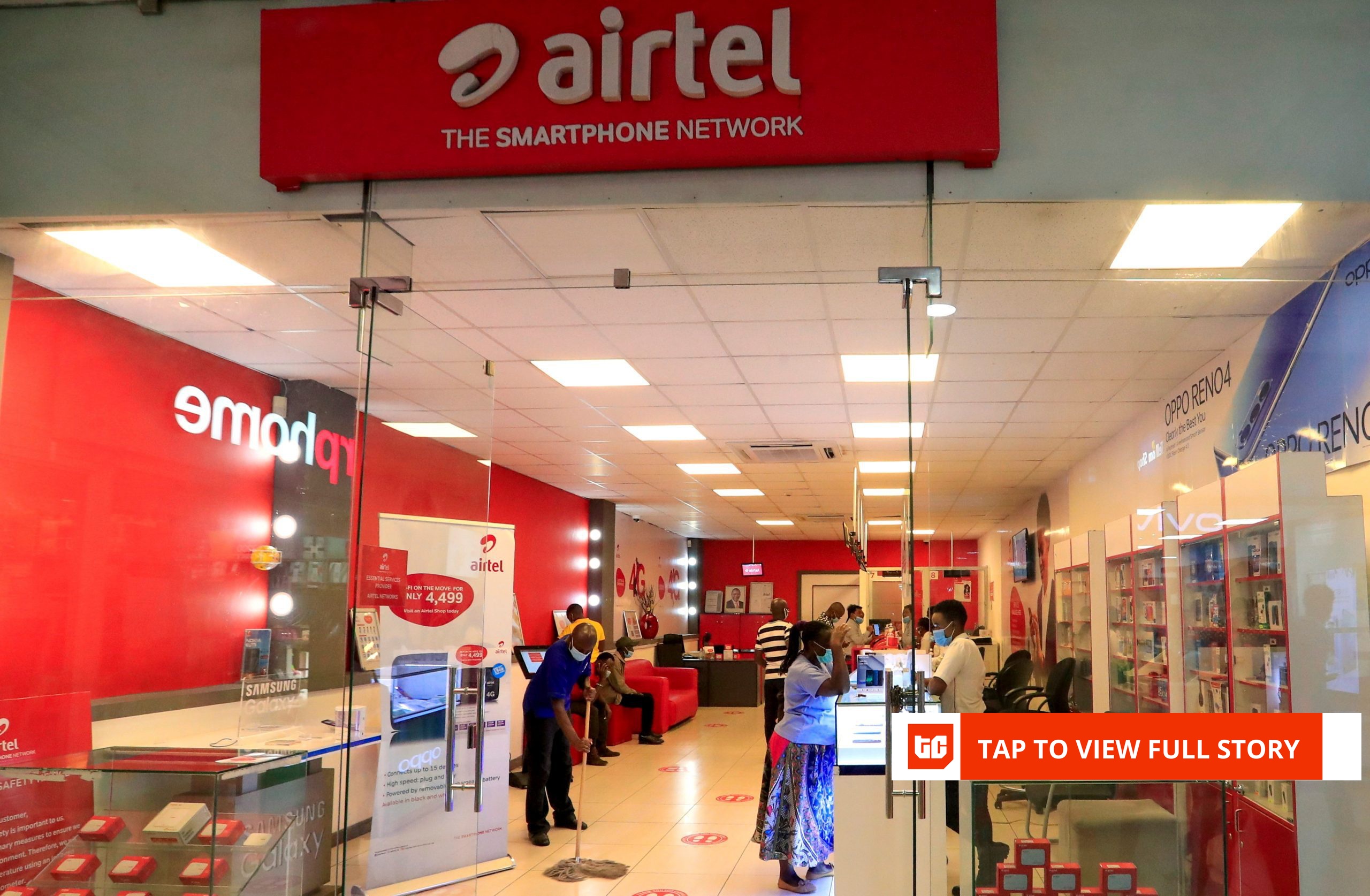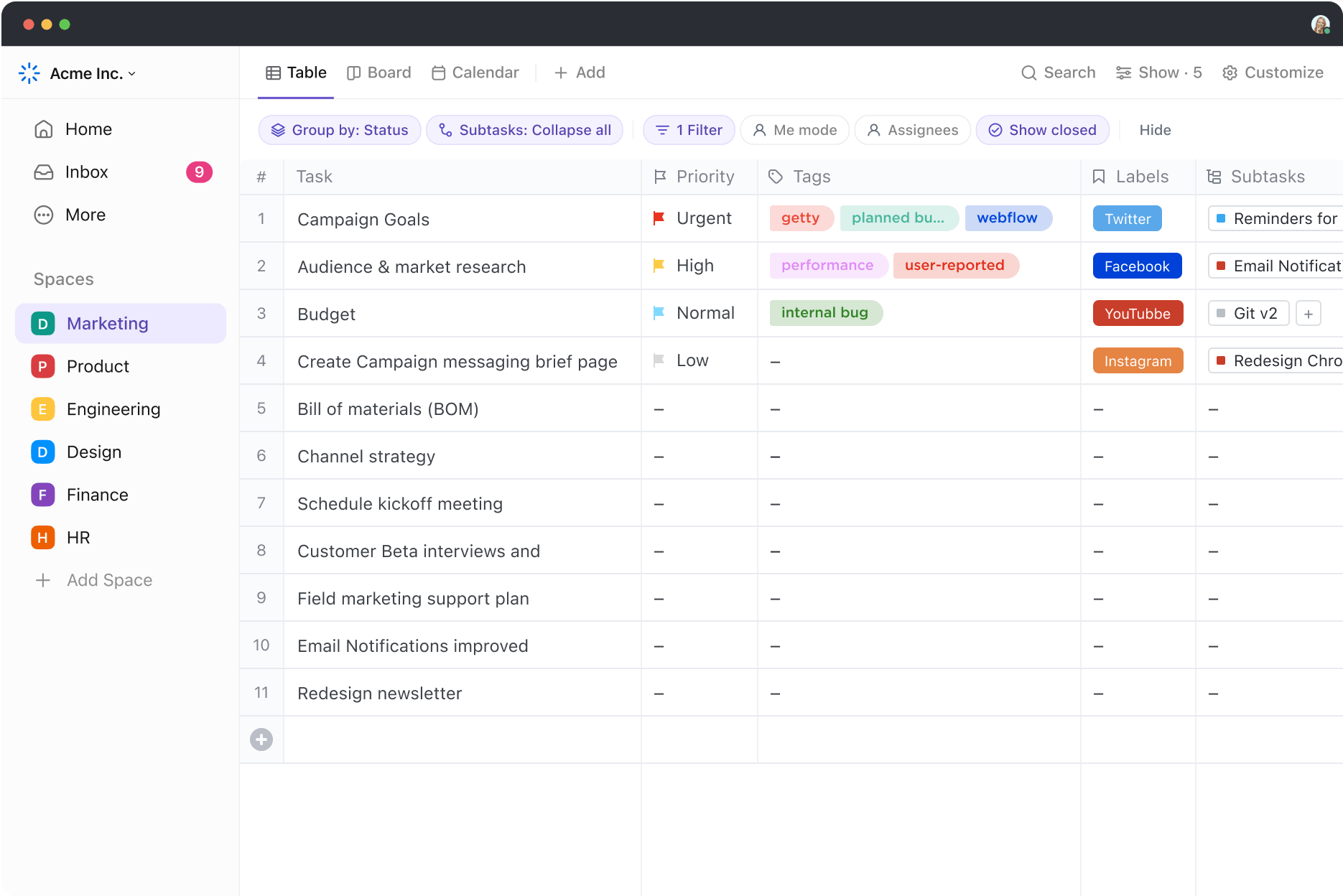After years of playing second fiddle to Safaricom, Airtel Kenya is gaining ground in mobile subscriptions, internet services, and mobile money. With aggressive pricing, strategic expansion, and a growing market share, the telco is positioning itself as a real challenger in an industry long dominated by a single player.
While Safaricom still controls 65.7% of Kenya’s mobile market, Airtel’s 29.5% share shows faster growth. In the past year alone, Airtel added 1.8 million SIM subscriptions, matching Safaricom’s growth—an unusual shift in a market where Safaricom has historically been the only telco consistently expanding its customer base. But subscriber growth alone doesn’t tell the whole story. To compete, Airtel must address its long-standing revenue gap, network quality issues, and consumer trust in mobile money.
In 2025, Airtel launched a strong push into the internet market, undercutting competitors with cheaper bundles. Amid intensifying price wars—partly fueled by Starlink’s entry into Kenya—the telco doubled its data allocation for KES 1,000 ($7.7) and KES 2,000 ($15), offering 30GB and 60GB. Unlike competitors, Airtel allows unused data to roll over, a key differentiator that has attracted budget-conscious users.
Airtel is also taking the battle to home internet. In June 2024, it launched a portable 5G router that lets users switch locations easily—a direct challenge to Safaricom’s fixed 5G service and legacy internet providers like Zuku and JTL. While both Safaricom and Airtel offer free routers to new customers, Safaricom’s home service is limited to fibre-covered areas, whereas Airtel’s 5G service is more flexible. However, Airtel’s home internet business is still in its infancy and has yet to rank among Kenya’s top ISPs, where Safaricom leads with a 36.6% market share.
One of Airtel’s biggest challenges in Kenya has been poor network coverage, especially outside major towns. Despite offering competitively priced services, it has struggled with consumer perception of unreliable connectivity. In response, Airtel is aggressively expanding its infrastructure.
On February 11, 2025, the telco announced it has 4,200 active network sites and plans to add 1,000 more this year. It has also deployed 690 5G sites across 39 counties, which still lags behind Safaricom’s 1,000+ 5G sites in all 47 counties.
If Airtel can close the network quality gap while maintaining lower prices, it could convert subscribers into long-term customers rather than losing them once promotional offers end.
Airtel Money has been one of the telco’s biggest success stories in the past year, with its market share more than doubling from 2.9% to 7.6% between September 2023 and September 2024. Meanwhile, M-PESA’s share slipped from 97.1% to 92.3%.
The biggest driver of this shift? Free Airtel Money transfers. Unlike M-PESA, which charges fees on transfers above KES 100 ($0.077), Airtel Money’s zero-cost transfers have resonated with price-sensitive users in an economy where inflation and job losses have squeezed household budgets. The telco has also expanded its agent network, increasing accessibility by partnering with major retailers like Naivas.
But is this growth sustainable? Many users might use Airtel Money for free transfers but still choose M-PESA for higher-value transactions, business payments, and savings. While Airtel Money is gaining traction, M-PESA remains deeply embedded in Kenya’s financial system, with 365,000+ agents and integrations across banks, businesses, and government services.
Airtel will need more than free transfers to keep users engaged—innovations in merchant payments, lending, and savings products will be critical if it wants to truly compete with M-PESA.
While Airtel’s strategy has boosted market share, its financial performance remains unclear. The telco has not disclosed revenue figures, making it difficult to assess whether its aggressive expansion is translating into profitability.
Meanwhile, Safaricom’s earnings remain unmatched. In the half-year ending September 30, 2024, Safaricom reported a 13.1% year-on-year increase in net revenue, reaching KES 179.9 billion ($1.4 billion). M-PESA alone contributed KES 77.22 billion ($597 million)—a sum likely exceeding Airtel Kenya’s entire revenue.
Historically, Airtel has relied on low prices to gain market share, but converting budget-conscious users into high-spending customers remains challenging. If it fails to improve monetisation, it could face the same profitability struggles that have plagued its African operations for years.










